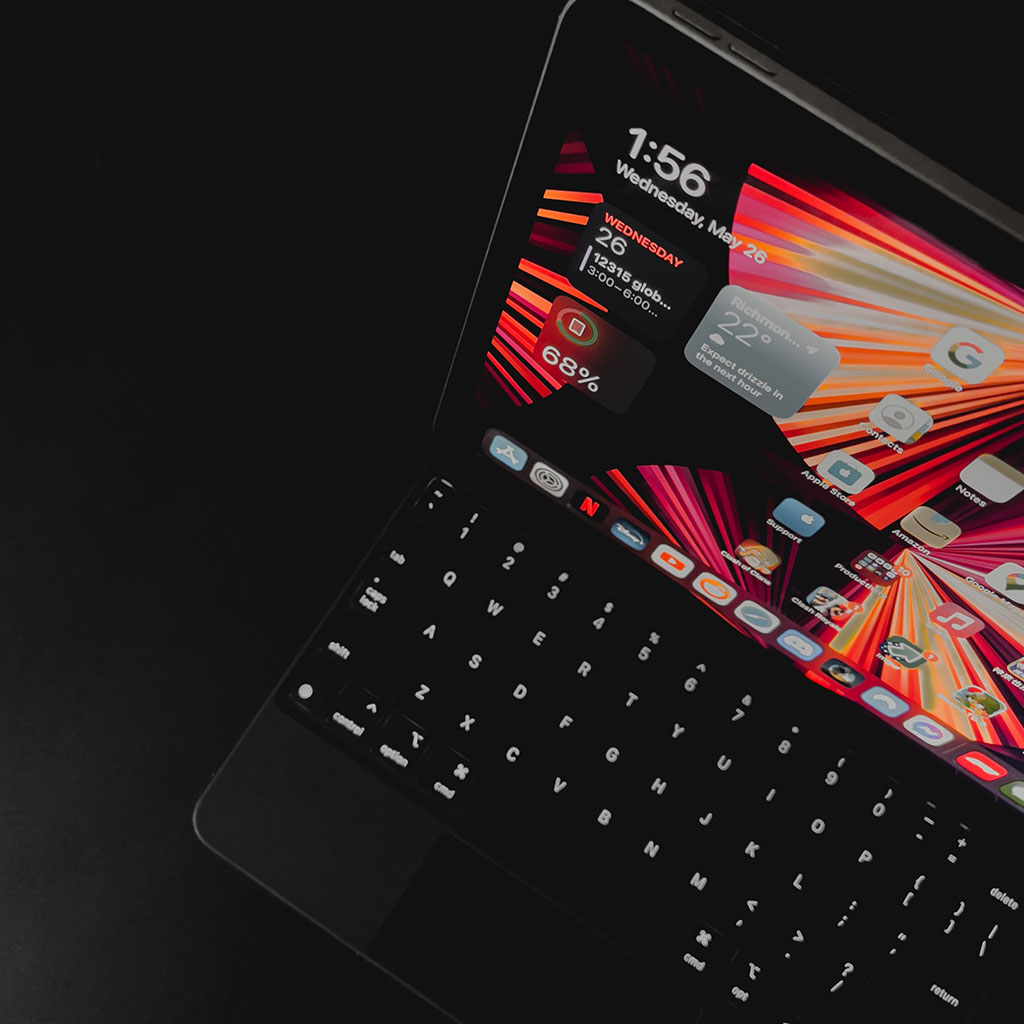What is the restrictions passcode on iPad?
What is the restrictions passcode on iPad?
The Restrictions Passcode on an iPad serves as a parental control feature, regulating access to specific apps, content, and device settings. This article delves into the purpose, setup, and management of the Restrictions Passcode, empowering users to control and monitor iPad usage, particularly for younger users or in organizational settings.
Unlock the magic of your iPad with the secret restrictions passcode!
The Restrictions Passcode, now known as Screen Time Passcode in more recent iOS versions, is a security feature on the iPad that enables users to control and manage access to various apps, features, and settings. It serves as a form of parental control, allowing adults to restrict certain functionalities or content for children or younger users, ensuring a safer and more controlled iPad experience. This passcode prevents unauthorized changes to settings or access to specific apps, features, or content that parents or guardians might deem inappropriate or excessive for certain users.
Initially introduced as Restrictions in earlier iOS versions, this feature evolved into Screen Time in more recent updates. It provides a wide range of controls, such as limiting screen time, setting content and privacy restrictions, managing app usage, and controlling explicit content, among other capabilities. Parents can create unique passcodes to enforce these restrictions, granting them the ability to set specific time limits for app usage, filter web content, restrict access to certain apps or features, and monitor device activity through usage reports.
The Restrictions Passcode or Screen Time Passcode can be accessed and managed within the iPad’s Settings app. Its primary purpose is to allow parents or guardians to supervise and control the usage patterns of their children on the iPad, ensuring a healthy balance between screen time and other activities, as well as protecting them from accessing potentially harmful content or engaging excessively with certain apps. This feature promotes responsible usage and provides a tool for adults to monitor and guide younger users’ experiences on their iPads while maintaining a level of security and privacy.
How can users manage or reset the Restrictions (or Screen Time) Passcode if they forget it?
If users forget their Restrictions Passcode (or Screen Time Passcode) on their iPad, there are several methods to manage or reset it. Initially, it’s essential to attempt the known passcodes, such as the device passcode or any previously used codes, as they might have been used for the Restrictions Passcode. If those attempts fail, there are steps users can take to reset the passcode.
One way is through a reset of the device, which can be achieved by performing a factory reset through iTunes on a computer. This method involves connecting the iPad to a computer using a USB cable, putting the device into Recovery Mode, and restoring it through iTunes. However, this process wipes all data on the device, including settings and personal information, so it’s crucial to have a backup file of the iPad’s data beforehand. Another method involves using a backup file, either from iCloud or iTunes, that was created before the Restrictions Passcode was set. Restoring the iPad from this backup can sometimes remove the Restrictions Passcode, provided the backup does not include the passcode or its settings. If these methods are unsuccessful, reaching out to Apple Support for further guidance might be necessary. It’s important to note that there isn’t a default or universal passcode for the Restrictions feature, as it’s a personalized code set by the user for their device’s restrictions. This feature is an excellent tool for parents to manage and control device usage for their children, but forgetting the passcode can lead to complexities in resetting or managing these restrictions.
Conclusion
In conclusion, there is no universal or default Restrictions Passcode for the iPad. This passcode is personalized by the user and can be managed or reset if forgotten by attempting known codes, performing a factory reset through iTunes, restoring from a backup file, or seeking further guidance from Apple Support.





You must be logged in to post a comment.